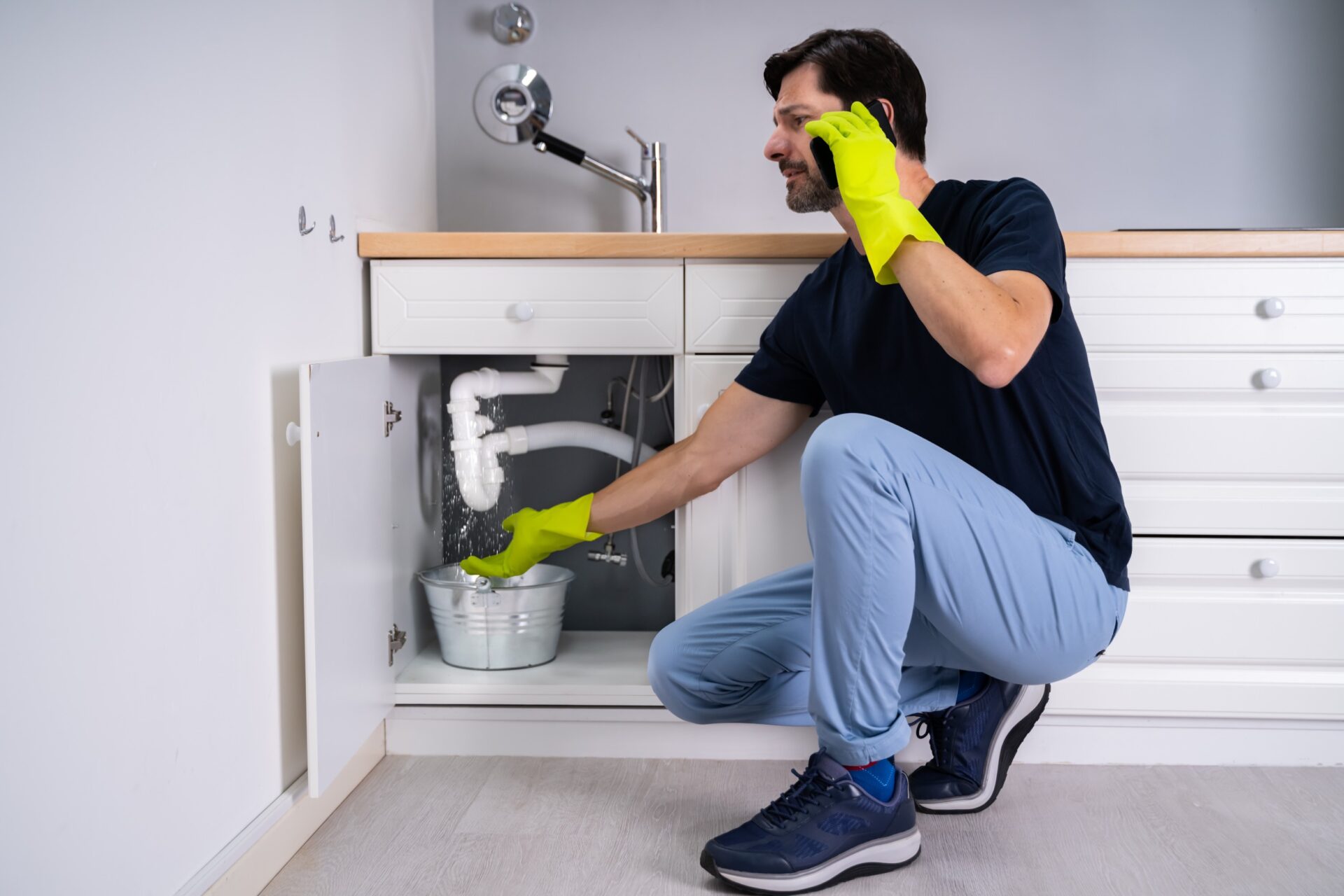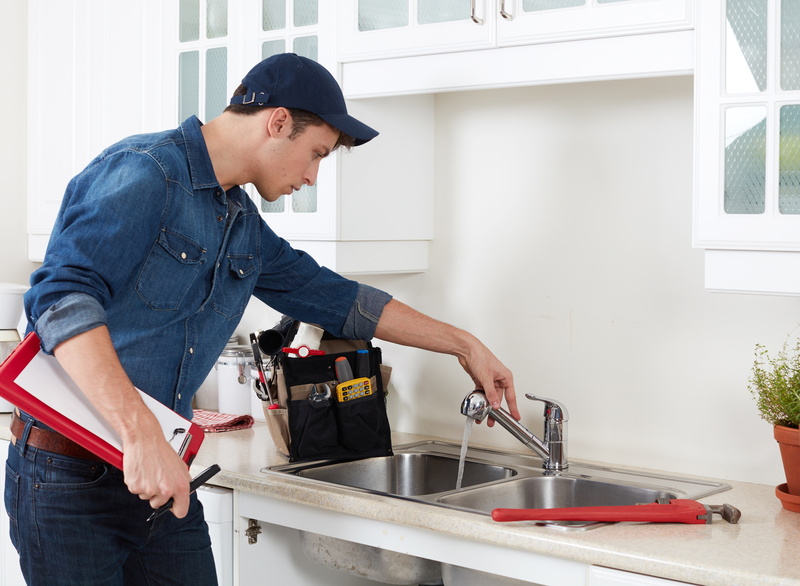What're your opinions about DIY vs. Professional Plumbing Repairs: When to Call a Pro?

Intro
Plumbing problems can range from small hassles to significant migraines, usually prompting home owners to determine between dealing with the issue themselves or calling in an expert plumber. Understanding when to do it yourself and when to seek professional assistance can conserve time, cash, and avoid possible catastrophes. This article checks out the elements to consider when making this critical choice.
Advantages of DIY Pipes
Handling pipes jobs on your own can be rewarding in several ways, particularly for simpler projects.
Complexity of Tasks
Some pipes issues require customized understanding and tools beyond normal homeowner abilities. Mishandling intricate issues can cause additional damages and costly fixings.
Safety Issues
Working with pipes systems includes risks such as exposure to water damages, possibility for electrical hazards, and handling devices improperly. Safety preventative measures should be observed to avoid crashes and guarantee reliable repair services.
Indicators to Call an Expert Plumber
Recognizing when a plumbing concern exceeds do it yourself capabilities is vital to stop getting worse problems.
Signs of Facility Concerns
Instances consist of:
Trigger professional treatment is required to attend to these issues efficiently and lessen damages.
Do It Yourself Plumbing Tips
For successful do it yourself plumbing, it's essential to be prepared with the right devices and comply with appropriate treatments.
Basic Devices and Materials
Trick devices for do it yourself pipes:
Step-by-Step Guides
Clear instructions make certain safe and effective DIY repairs:
Picking the Correct Time to DIY
Identifying when to tackle pipes tasks yourself needs examining both the complexity of the problem and personal convenience levels.
Assessment List
Think about:
Cost Cost savings
DIY pipes projects typically conserve money by preventing expert service fees. Jobs like repairing small leaks, changing taps, or setting up brand-new showerheads are examples where house owners can handle fixings without employing a plumbing technician.
Ability Enhancement
Participating in DIY pipes uses a chance to discover and boost practical skills. Basic tasks equip home owners to understand their plumbing systems far better and get self-confidence in handling small repair work separately.
Threats of Do It Yourself Pipes
While do it yourself tasks offer benefits, specific risks should be very carefully thought about before trying repair services.
When to Definitely Call an Expert
Specific situations require immediate skilled attention to prevent substantial damages or safety threats.
Emergency Circumstances
Instances include:
Searching for and Hiring a Specialist Plumbing Professional
Selecting a certified plumber makes sure reputable service and assurance in fixing pipes problems.
Requirements for Selection
Elements to think about:
Price Evaluation: DIY vs. Professional Solutions
Comparing the monetary effects of do it yourself efforts versus specialist pipes services assists in making informed choices.
Financial Considerations
Evaluate:
Final thought
Making a decision whether to do it yourself or call an expert plumbing technician hinges on recognizing the intricacy of plumbing problems and individual abilities. By evaluating the benefits and dangers, house owners can make enlightened choices that advertise reliable maintenance and safeguard their homes from pipes calamities.
When to DIY and when to call a professional plumber
There are Australian laws and regulations that regulate plumbing work in Australia. This means that there are few home plumbing tasks that you can DIY. Besides, a lot can go wrong with DIY plumbing projects. However, there are also plumbing works that you can successfully DIY. Read on to know when to DIY and when to call a professional plumber.
You can learn more about the risks of DIY plumbing projects, projects requiring special caution, and illegal DIY plumbing works to avoid. This post concludes with the services of commercial plumbers and why getting expert help is essential.
Reasons to Attempt DIY Plumbing Projects
While it is often not advisable to perform DIY plumbing repairs, several pros of DIY plumbing projects can make them attractive.
Save costs
A significant reason for doing DIY plumbing jobs is to save costs. It is possible to save on labour charges and overall fees if you buy the needed tools and parts from local hardware stores and do the repairs yourself.
Gaining experience
You can gain some hands-on experience in basic plumbing repair if you watch online videos and attempt the repairs yourself.
Confidence boosting
You can boost your confidence and self-reliance skills by performing DIY plumbing repairs and installations yourself.
Risks of DIY Plumbing Projects
If something goes wrong with your DIY plumbing project, you may have unfavourable results that you may consider the cons of DIY plumbing.
For one, your home may get so extensively water-damaged that your home and contents insurance will not cover you. You will also have to spend more money to repair the water or sewage problem than you would otherwise spend for professional plumbing jobs. Besides, you may often spend more time on DIY plumbing work than an experienced plumber would spend. This is because you may not have the needed skill set. There are also related safety hazards and potential threats of DIY plumbing jobs that you may need to consider. Plumbing Issues You Can Fix Yourself
You can attempt DIY plumbing for plumbing issues such as replacing tap washers, installing shower heads or performing minor tap leak repairs. However, it would help if you invited licensed plumbers to fix complex leaking showers, effectively deal with blocked drains, or repair hot water systems. This is the best way to ensure these plumbing issues are correctly fixed, and the project is insured.
Fixing clogged or blocked drains
You may have clogged drains or need help with slow-draining showers. These are tasks that you can resolve yourself using several options. To fix blocked drains, you may use baking soda, plungers, or wire hangers. Meanwhile, you can take the preventive measure of installing filtration systems such as drain filters to help prevent drain clogs.
New faucet installations
It is possible to install a new faucet yourself. You would have to turn off the hot and cold water valves. Then, you can remove and fix the old faucet and replace it with the new one.
Leaky faucet repairs
While leaky faucet repairs are more technical than installations, you can also take some steps to fix them. Turning off water valves is the first step in draining water from plumbing systems. Next, you can use a washcloth to cover the drain and remove the decorative handles.
This will allow enough room to unscrew the nuts that attach the faucet handle to the stem. Your final step is to take out and replace the old washers and O-rings with the new duplicates.
Fixing running toilets
An occasional DIY solution for running toilets is to restore the flapper in the tank to its proper place.
Burst pipes
You may have issues with your exterior plumbing fixtures. It may simply be that your inbound or outbound pipes have worn out, or you may have burst pipes due to flooding or large tree roots.
You may also have frozen pipes. These are all instances when you need to call a professional plumber. They will perform pipe inspections to locate the problem and implement solutions such as pipe relining.
Interior plumbing repairs
It's usually time to call a competent plumber if you want to do plumbing repair work on floors, ceilings, or the walls of your building. They can also help you fix faulty showers and sinks.
Plumbing renovation
Major renovation projects or plumbing jobs such as bathroom remodelling and bathroom renovations require the services of a professional plumber. Likewise, you need a professional plumber to fix your kitchen sink or plumbing. They can help you get the required plumbing permits. At the same time, they know what building codes apply to such renovation projects.

I stumbled upon that page on When to DIY and When to Call in the Plumbing Pros while perusing the web. Make sure you set aside a second to share this post if you enjoyed reading it. I treasure your readership.
Set Up An Appointment